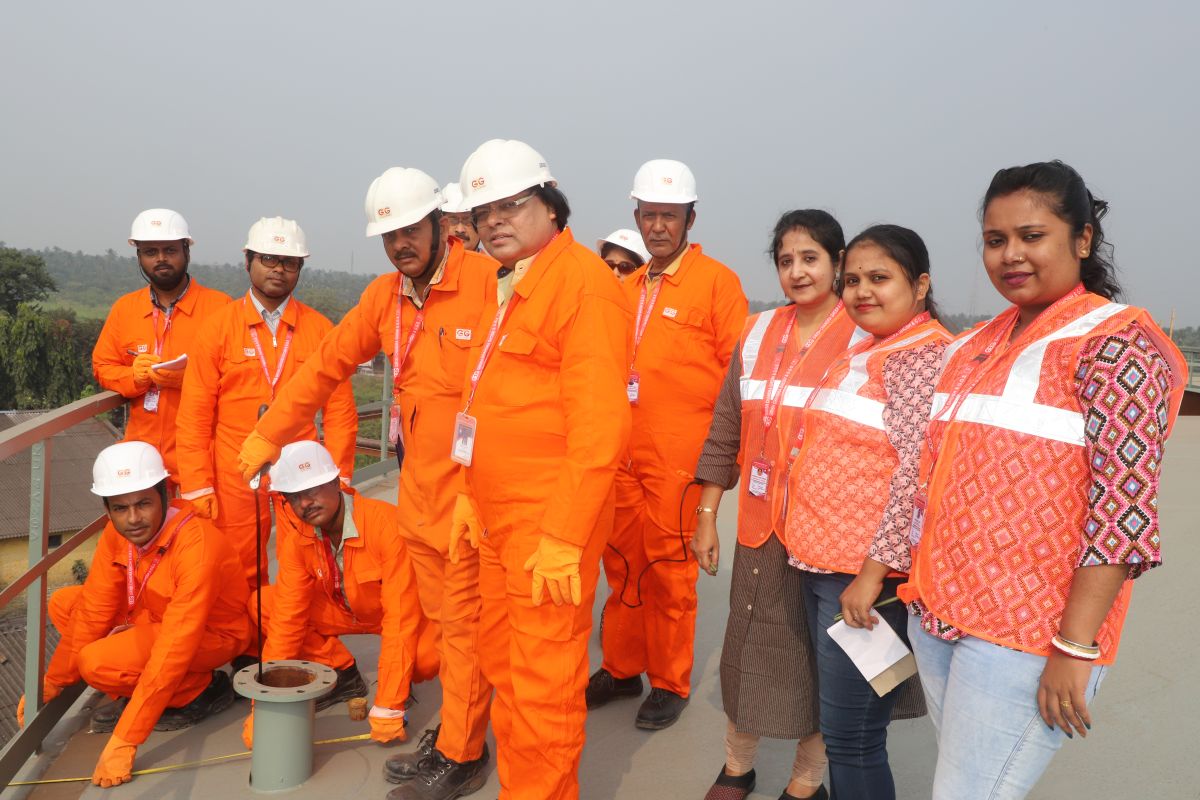
Maintaining storage tanks in industrial operations is a must. These reservoirs play a pivotal role in storing various liquids. They range from water to hazardous chemicals. Regular tank inspection is essential to ensure structural integrity and prevent leaks. It also adheres to safety regulations. In this blog, we will delve into the significance of tank inspection. We will focus on tank settlement surveys and other related services.
Benefits of Regular Tank Inspection
Storage tanks are essential industrial processes. It stores substances that are vital for production or essential for operations. It guarantees the smooth functioning of these tanks, and routine inspections are imperative.
Preventing Catastrophic Failures:
Regular inspections identify potential issues before they escalate, averting catastrophic failures. It ensures compliance with industry standards and safety regulations.
Prolonging Tank Lifespan:
Timely identification of corrosion and wear aid to extend the tank’s operational life. It reduces the frequency of costly repairs or replacements.
How Often Should You Inspect Your Aboveground Storage Tank?
- Schedule routine inspections for your storage tank to catch any issues early on.
- Ideally, perform visual checks monthly to ensure everything looks normal on the surface.
- Conduct more in-depth inspections every 3 to 5 years. It helps in thoroughly examining the tank’s condition.
- In case the tank has to deal with harsh weather, increase inspection frequency.
- Keep an eye out for signs of trouble. It includes rust, leaks, or unusual odors, which may prompt more immediate inspections.
- Follow local regulations that might specify how often you need to inspect your tank. Compliance is crucial.
- While changing substances, prioritize safety with additional inspections.
A Closer Look to Tank Settlement Survey
Among the array of tank inspection services, tank settlement surveys are the most important. This method involves measuring settlement levels within the tank. It provides critical insights into its structural stability. Key aspects of a tank settlement survey include:
Accurate Measurement Techniques
Use of precise measuring instruments to assess settlement levels with utmost accuracy. It enables early detection of settling issues, preventing potential leaks or structural failures.
Monitoring Foundation Integrity
Focus on evaluating the tank’s foundation, a critical element in ensuring stability. It helps identify any shifting or settling of the tank over time.
A Necessity for Safety
Fuel tanks demand specialized attention to the hazardous nature of the substances stored. Dedicated fuel tank inspection services are essential for maintaining safety standards. It avoids environmental risks. Key aspects include
Leak Detection and Prevention
Regular inspections detect and address leaks promptly, preventing environmental contamination. It ensures compliance with environmental regulations and minimizes the risk of fines.
Corrosion Monitoring
A thorough examination of the tank’s surfaces to identify and address corrosion issues. Corrosion prevention measures are essential in safeguarding the structural integrity of the tank.
Storage Tank Inspection
Storage tank inspection contributes to total safety and efficiency. The comprehensive nature of these inspections includes:
External Visual Inspection
Examination of external surfaces for signs of damage, corrosion, or other issues. It helps identify potential problems that may not be immediately visible.
Internal Inspection
In-depth assessment of the tank’s interior to detect corrosion and sediment buildup. It ensures the substance stored in the tank remains uncontaminated.
Choosing the Right Tank Inspection Services:
Selecting the appropriate tank inspection service provider is necessary. It ensures the effectiveness of the inspection process. Consider the following factors:
Experience and Expertise:
Choose a service provider with a proven track record in tank inspections. Ensure the team possesses the necessary expertise in handling diverse types of tanks.
Technology and Equipment:
Choose a provider equipped with modern technology and state-of-the-art inspection tools. Advanced equipment enhances the accuracy of inspections and reduces the margin for error.
The Inspection Report
Visual Examination: A comprehensive visual inspection of the API tank is crucial. It helps in checking for external signs of corrosion, leaks, or damage.
Ultrasonic Thickness Testing: Ultrasonic technology helps to measure wall thickness. This ensures the structural integrity of the tank.
Foundation Assessment: This assessment is crucial for ensuring the stability of the tank. Identifying and addressing foundation concerns is paramount to prevent potential structural problems.
Safety Mechanism Verification: Make sure you check the functionality of safety features. This includes safety relief valves and emergency shutdown systems.
Documentation Review: A meticulous review of comprehensive documentation is conducted. This documentation provides a detailed history of the tank’s condition over time. It is valuable for understanding the tank’s maintenance history.
Recommendations: Based on the findings, recommendations for preventive measures are presented. These recommendations emphasize safety, compliance, and potential improvements.
To Sum It up
Checking tanks with regular specialized surveys and inspections is super important. It’s about staying safe, following the rules, and making sure everything runs smoothly. Choosing the right team for the job ensures you get the most out of these essential services. So, no matter how industries evolve, putting tank inspections first is a smart move for responsible and efficient operations.




